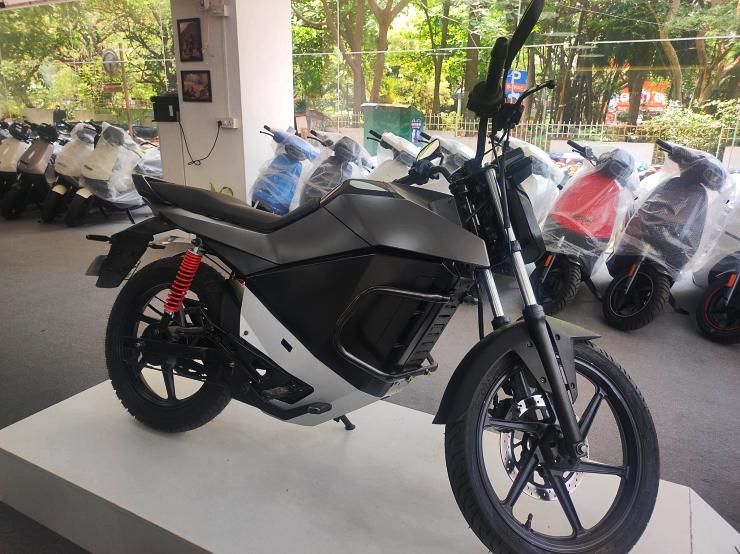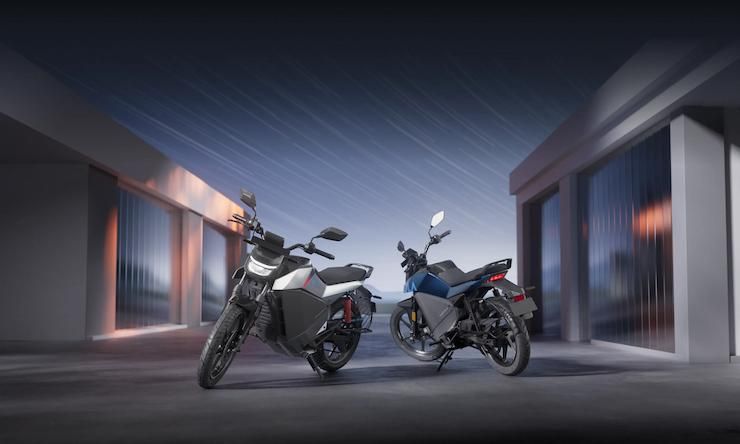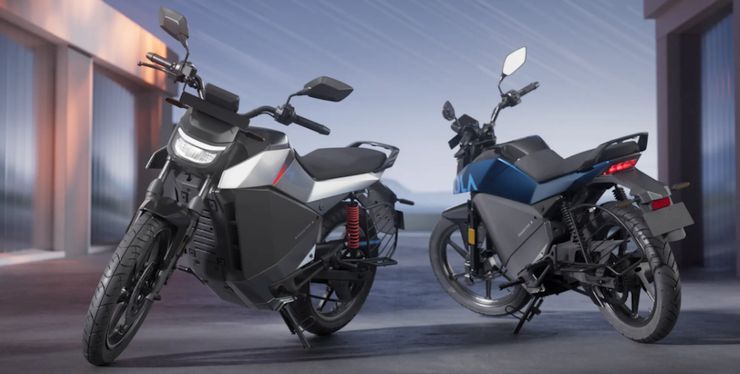Govt Orders RTO To Shutdown Ola Electric Stores Without Trade Certificates; Company Lays Off 1,000 people


One of the biggest player in India’s electric vehicle (EV) revolution has hit a rough patch. Ola Electric—once seen as a bold disruptor in the two-wheeler space—is now facing government action and a wave of job cuts. For thousands of buyers and employees, the developments raise serious questions about the future of one of India’s most recognisable EV brands.

The current turmoil began when Maharashtra’s Transport Minister, Pratap Sarnaik, initiated a statewide inspection of vehicle dealers and manufacturers operating without valid trade certificates. A complaint had flagged Ola Electric for allegedly acquiring just one trade certificate while opening multiple showrooms and service centres across Maharashtra—a clear violation of the Central Motor Vehicle Rules.
Under Indian law, each outlet involved in selling or displaying vehicles must have its own trade certificate. This ensures that vehicles are legally registered and meet all regulatory requirements. During inspections in Mumbai and Pune, authorities discovered several Ola Electric outlets functioning without these certificates. The result: 36 Ola scooters were seized, and non-compliant showrooms were ordered to shut down.
While other dealerships were also found flouting rules, Ola Electric stood out due to the scale of its operations. The company reportedly has nearly 3,400 outlets across the country, yet only around 100 are believed to have valid certificates—making Ola the face of the government’s crackdown on non-compliance.
If you’ve already purchased an Ola scooter or plan to do so, this news may feel unsettling. Will your local showroom remain operational? Will after-sales service be impacted? These are valid concerns.

For some customers, delays in vehicle delivery, trouble with registration, or limited access to service centres could become real issues. More importantly, the reputational damage—store closures, scooter seizures, and media scrutiny—has led many to question Ola Electric’s practices and its long-term reliability as a brand.
Trust, which Ola had carefully built as an EV pioneer, is at stake.

Even as it deals with legal troubles, Ola Electric is undergoing significant internal changes. Reports suggest that more than 1,000 employees might have been be laid off in recent weeks, affecting teams across engineering, R&D, procurement, customer support, and charging infrastructure. This comes just months after another round of 500 job cuts.
According to Ola Electric, these layoffs are part of a broader strategy to reduce costs, streamline operations, and shift towards automation. The company has begun automating its front-end services, including customer support, and is trimming redundant roles at its showrooms and warehouses.
These decisions also appear to be driven by financial pressure. Ola Electric posted a sharp 50% increase in losses during the December quarter. Its revenue has dipped, and since its IPO in August 2024, the company’s share price has fallen by over 60%. Struggling to meet aggressive sales targets and facing stiff competition from traditional two-wheeler brands entering the EV space, Ola is clearly feeling the heat.

Ola Electric’s situation highlights the challenges of scaling up too quickly in a highly regulated sector. The brand’s ambitious expansion—opening thousands of outlets without necessary trade certificates—has now backfired, resulting in legal trouble and public distrust.
At the same time, the job cuts show the financial strain of staying competitive in an evolving market. With rivals now matching Ola on pricing, range, and features, it’s no longer enough to be first. Companies must deliver consistent quality, follow the rules, and maintain operational efficiency to survive.
For EV buyers in India, this is a cautionary tale. It's not just about a flashy scooter or a low price tag—it's also about ensuring that the brand you’re investing in is on solid legal and financial ground. As Ola Electric tries to sort out its challenges, customers would do well to stay alert. Check if your local showroom is operational, ensure all paperwork is in place, and keep track of registration updates and service support.
The road ahead for Ola Electric looks uncertain. The company must now regain public trust, comply with all regulatory norms, and prove that it can build a sustainable, customer-focused business. For now, both buyers and employees are navigating a phase of disruption—hoping that Ola’s next moves will put it back on track in India’s high-potential but demanding EV landscape.